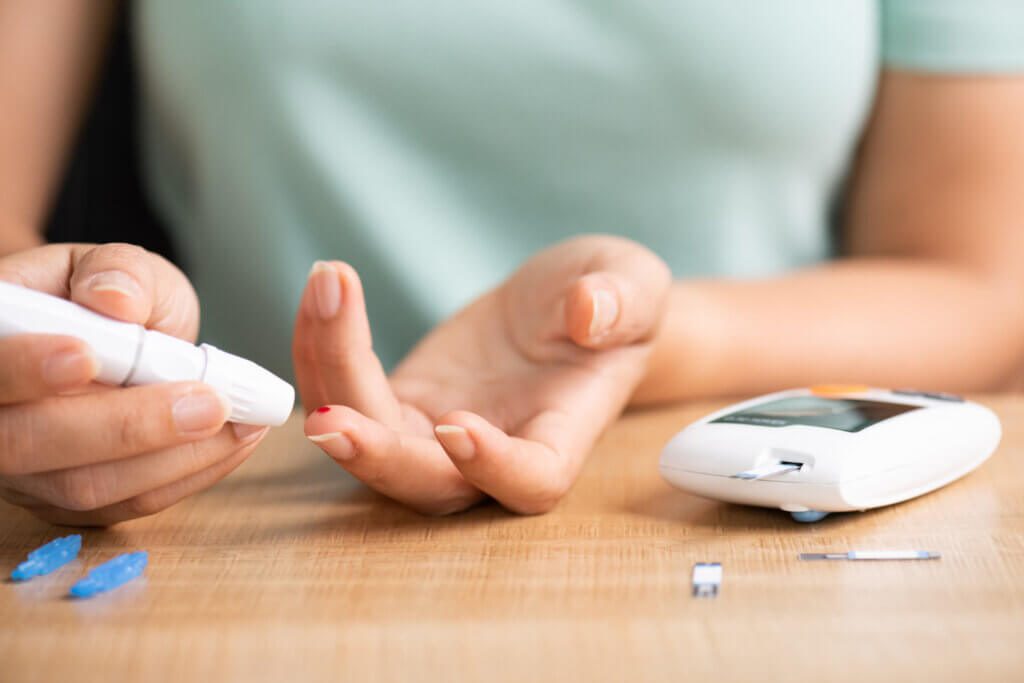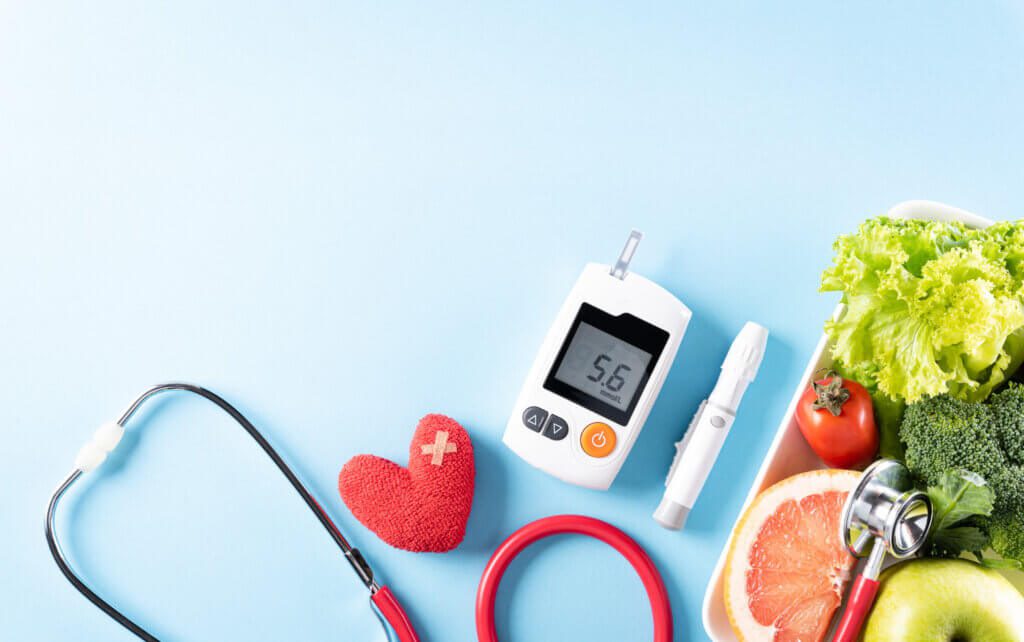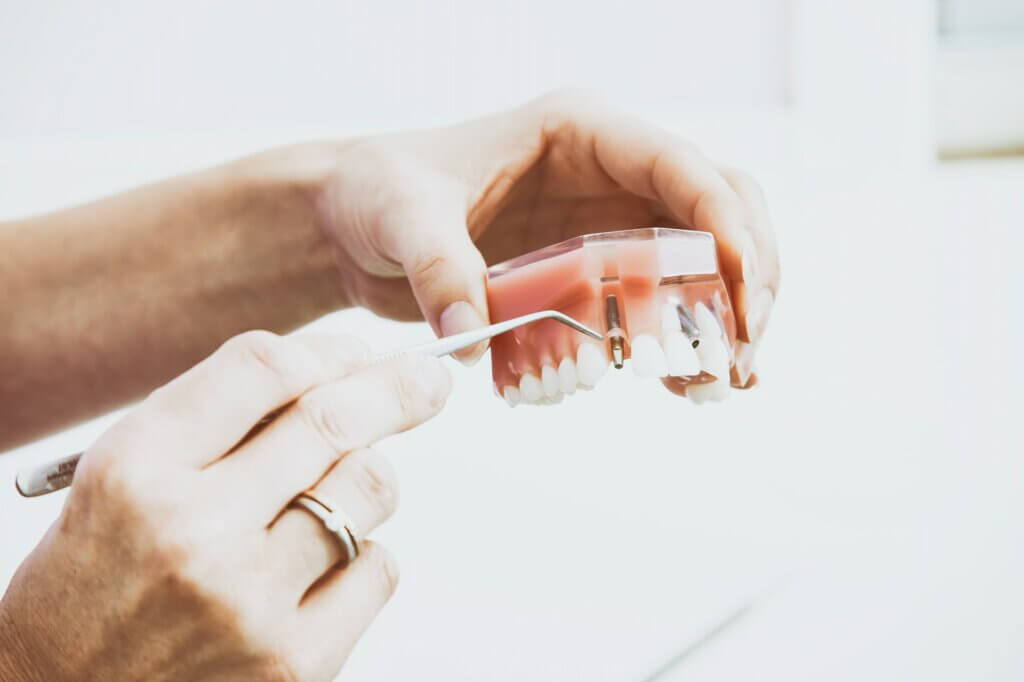When you have diabetes, it's important to stay healthy and have good control of your blood sugar levels. It would help if you had some treatment for your condition – medications or lifestyle changes. Diabetes is a serious condition that can affect blood circulation and cause the body to make little or no insulin, which is needed to keep the blood sugar level under control. For this reason, diabetes treatment has become essential for those with the disease. This article covers information about diabetes and how to treat the condition.
What Is Diabetes?
Diabetes is when the body does not produce or properly use insulin. Insulin is a hormone that helps glucose (sugar) get into cells to be used for energy. If you have diabetes, your body can't make enough or use enough insulin to keep your blood sugar at normal levels.
People with diabetes need to take insulin to stay alive and healthy. But if they don't take it correctly, their blood sugar levels can go up. This can cause serious problems like heart disease, blindness, kidney failure, nerve damage, and stroke.
In most cases, diabetes develops when the pancreas stops making insulin while you're still young. The pancreas doesn't just stop making insulin; it also stops making enough of it. That's because your body needs to make more than one type of hormone – so-called “insulin-producing” cells make both insulin and glucagon (the hormone that tells your liver to release glucose into the bloodstream). When there aren't enough of these cells left to make both hormones, diabetes develops.
Types of Diabetes

There are different types of diabetes, each with its symptoms, causes, and treatments.
Type 1
Type 1 diabetes is an autoimmune disease in which the pancreas stops making insulin. This means someone with type 1 must take insulin to help control blood glucose levels. Type 1 is the most common form of diabetes, and it occurs when the immune system destroys beta cells in the pancreas.
Diabetes occurs when too much insulin is produced or cells do not respond properly. The cells become resistant to it, meaning they do not absorb glucose from the bloodstream as efficiently as they should. Individuals with type 2 are often overweight and obese; however, other risk factors for developing this form of diabetes include family history, age, and ethnicity (white vs. African-American).
Type 2
Type 2 diabetes, sometimes called non-insulin-dependent diabetes mellitus (NIDDM), is a condition in which the amount of glucose (sugar) in the blood is too high and can't be lowered by eating foods with less sugar or exercising more regularly. Type 2 diabetes can run in families and often develops later in life as people age.
About 1 out of every 20 Americans has type 2 diabetes, and about half of these people are unaware they have it because they don't know how to recognize the signs and symptoms.
Type 3
Type 3 Diabetes occurs when too much insulin is produced or cells do not respond properly. The cells become resistant to it, meaning they do not absorb glucose from the bloodstream as efficiently as they should. Individuals with type 3 are often overweight and obese; however, other risk factors for developing this form of diabetes include family history, age, and ethnicity (white vs. African-American). It may also be referred to as maturity-onset diabetes or non-insulin-dependent diabetes mellitus (NIDDM).
Causes of Diabetes
The causes of diabetes are varied, but they all involve the body's inability to use insulin properly. Here are some causes of diabetes.
1. Family History
Diabetes runs in some families, but only if a parent has it can you develop it yourself if you have children or grandchildren who also have it. The chances that a child will inherit diabetes from their parents depends on the child's age at diagnosis and other factors, such as if one parent had gestational diabetes during pregnancy and whether that parent had other medical conditions that led to complications during delivery (such as gestational hypertension).
2. Inactivity
Inactivity is another big risk factor for developing type 2 diabetes because it causes insulin resistance and causes your body to become less sensitive to insulin. If you don't exercise regularly – at least 150 minutes per week of moderate exercise such as brisk walking or cycling for 20 minutes daily – your body will not produce enough insulin to transport sugar from food into your bloodstream.
3. Age
As you age, your body changes and cannot produce enough insulin to stabilize blood sugar levels. Some people who develop type 2 diabetes can reverse their condition with medications that help boost the amount of insulin their bodies produce by blocking the action of an enzyme called sulfonylurea receptors on cells that produce insulin in the pancreas.
4. Weight
Obesity is a major risk factor for type 2 diabetes and has been linked to the development of insulin resistance, which can lead to “prediabetes.” An obese person who is overweight may have a greater chance of developing prediabetes than someone who is not obese. A person who develops type 2 diabetes due to obesity may have an earlier onset than someone who develops it because of other factors.

5. Polycystic Ovary Syndrome
Polycystic ovary syndrome (PCOS) is a common endocrine disorder in which the ovaries produce high levels of androgens, causing irregular menstrual cycles and infertility. These symptoms can be attributed to insulin resistance, a condition when the body's cells do not respond properly to the hormone insulin. When this happens, glucose builds up in the blood and raises blood sugar levels. Other factors may also contribute to diabetes, including obesity, family history, and lack of exercise.
6. Ethnicity
According to research presented by NIH, elevated blood glucose levels are more common among African-Americans than other people of color. The researchers speculate that black people may be more likely to develop type 2 diabetes because they tend to have higher rates of obesity than whites – both conditions that have been linked with metabolic problems such as insulin resistance and type 2 diabetes in the past few decades.
7. High Blood Pressure
Hypertension is an increased blood pressure level that puts you at risk for heart attack, stroke, or kidney failure if left untreated for long periods. Having high blood pressure affects how your body uses insulin; if you have high blood pressure, you require more insulin to control your blood sugar levels – which increases your chances of getting diabetes.
Diabetes Treatment
Diabetes treatments are designed to help a person manage their condition. The goal is to control blood sugar levels, which will reduce the risk of complications such as heart disease and kidney failure. There are different ways to manage the condition. Here are the diabetes management and treatment ways.
1. Diabetes Drugs
Diabetes drugs are the most effective way to control blood sugar levels in people with diabetes. They can help prevent or delay the need for amputations and kidney failure and reduce the risk of heart attack and stroke.
In patients with type 1 diabetes, there is no cure for their disease. However, when used properly, insulin and other diabetes medications can significantly reduce symptoms of diabetes.
Diabetes drugs are commonly prescribed to treat type 2 diabetes. These medications do not cure the disease, but they may slow its progression, reducing the risk of complications such as heart disease and stroke. There are many different types of diabetes drugs available, including pills and injections you can take or injections you give yourself. Each type has its benefits and drawbacks. Diabetes drugs can be divided into the following types:
- Type 1 diabetes: These drugs consist of insulin, a hormone regulating blood sugar levels. Insulin is a natural hormone produced by the pancreas. It is secreted into the bloodstream to help glucose reach cells that need it for energy production. In type 1 diabetes, the pancreas does not produce enough insulin or cannot respond to it as effectively; therefore, blood sugar levels rise and damage blood vessels in the eyes, kidneys, and nerves. Type 1 diabetics must take insulin injections daily to regulate their blood sugar levels.
- Type 2 diabetes: These medications include oral hypoglycemic agents (OHA) and insulin secretagogues. Oral OHA includes metformin (Glucophage), sulfonylurea medications such as glimepiride (Amaryl) or glyburide (Glibenclamide), and thiazolidinediones such as pioglitazone (Actos). These medications work by lowering blood glucose levels in people with prediabetes or type 2 diabetes by interfering with insulin secretion or action in cells throughout the body. They are often combined with an OHA to treat patients with type 2 diabetes who have not responded well to one OHA alone.
- Type 3 diabetes The drugs include insulin secretagogues, which help increase insulin secretion by increasing cellular receptors that respond to insulin. These medications may be taken alone or in combination with an OHA.
Here are several different types of diabetes drugs. Each type works slightly differently, and the best one for you will depend on how your body responds to them;
- Insulin: This medicine is used to lower blood glucose levels by reducing the amount of insulin your body produces or increasing the amount of insulin you must produce to do so. Insulin works best when injected subcutaneously (SC).
- Amaryl / Tresiba (glibenclamide): Amaryl is used to treat type 2 diabetes when your pancreas doesn't produce enough insulin or you can't use insulin properly. Amaryl works by blocking certain enzymes in your pancreas that break down sugars into glucose, which is then absorbed into your bloodstream. It also lowers your blood sugar by increasing insulin secretion from your pancreas while decreasing how much insulin is needed.
- Sulfonylureas: Sulfonylureas are one of the most common types of diabetes drugs. They increase the insulin level in your body, lowering your blood sugar levels. They can be taken alone or with other medications, such as metformin or thiazolidinediones (glitazones).
- Examples: Actos (pioglitazone), Avandia (rosiglitazone), Camptosar (fenofibrate), Glucophage XR (metformin)
- Metformin: Metformin (Glucophage) is an oral medication used to help reduce or delay the development of type 2 diabetes in adults who are overweight and have prediabetes, impaired glucose tolerance, or type 1 diabetes before age 40. Metformin may also be used alone or in combination with other medications to improve blood sugar control in adults with type 2 diabetes mellitus. It is not known if this medicine will harm an unborn baby. Do not use this medicine without medical advice if you are pregnant, could become pregnant, if you are breastfeeding, or if you take other medicines (including some drugs for high blood pressure and heart failure) that affect blood sugar levels.
- Glucagon: This hormone helps your liver convert glucose into energy. It's taken by injection, once a day or every few hours as needed. The most common type of glucagon is called Victoza (liraglutide).
- Sitagliptin/Januvia (Janumet): Sitagliptin/Januvia (Janumet) is an oral medication that acts by blocking some of the enzymes that your body needs to produce glucose (sugar). This makes it useful in managing type 2 diabetes and lowers blood sugar levels by about 30 percent or more over 12 weeks compared to placebo treatment in adults with type 2 diabetes who are obese at diagnosis or overweight or obese when starting treatment. It also helped improve triglyceride levels in these patients compared to those on placebo during the study period.
2. Meal Timing and Nutritious Foods

People with diabetes who eat a balanced diet can improve their health by following specific nutritional guidelines. This can help lower the risk of heart disease and other chronic conditions associated with diabetes, such as heart attack, stroke, and kidney failure.
A well-balanced diet comprises various foods, including fruits, vegetables, whole grains, lean protein sources, dairy products, oils, and fats. People with diabetes should eat at least five servings of fruits and vegetables daily to keep their blood sugar levels stable. They also should include carbohydrates in their meals three times per day: breakfast (30 minutes before), lunch (about two hours after eating), and dinner (30 minutes before).
When you eat carbohydrates at these times of day, it helps keep your blood sugar level steady throughout the day. Carbohydrates are broken down into glucose by the body when they are eaten at any other time of day. Suppose you don't eat carbohydrates at these times of the day. In that case, your blood sugar levels will spike, which can cause rapid changes in blood sugar levels that can lead to hypoglycemia or hyperglycemia – low or high blood sugar levels, respectively.
3. Exercising
Exercise is an important component of diabetes treatment. Exercise helps lower blood sugar levels and insulin resistance, which can help prevent or delay the development of complications associated with diabetes, such as nerve damage, heart disease, kidney disease, and eye problems (diabetic retinopathy).
Exercise has also been shown to improve mood in people with diabetes. Exercise reduces stress hormones like cortisol (which can be harmful), increases endorphins (which reduce pain), and improves self-esteem. In addition, exercising can help you feel more energetic throughout the day.
Here are some examples of good exercises for people with diabetes:
- Walking: A brisk walk for 30 minutes three times a week can reduce your risk for type 2 diabetes by almost 20 percent.
- Swimming: Swimming is another great way to exercise while staying active on land. You can swim laps or take part in water aerobics classes.
- Rowing: Rowing is a great way to burn calories while getting in some exercise on land or at sea. You can row on the lakefront, riverbank, or a pool.
- Biking: Biking can be done anywhere – on a bike path, trail, or bike lane.
4. Changing Lifestyle
Diabetes is a complex condition that can be managed with lifestyle changes. The most important thing you can do is to change your lifestyle to prevent diabetes from developing in the first place. Here are some ways to do this:
- Reduce alcohol intake: It's well known that drinking too much alcohol increases the risk of developing diabetes. It was once believed that drinking more than two daily drinks can cause Type 2 diabetes. However, studies have shown that even having one or two drinks per day can lead to higher blood glucose levels, increasing the risk of diabetes.
- Quit smoking: Smoking causes serious damage to your health, but it also raises your risk of developing Type 2 diabetes by as much as 40 percent. Smoking increases your chances of becoming diabetic because it damages your pancreas and lowers your ability to produce insulin properly. Quitting smoking could help protect your health by lowering your chances of developing Type 2 diabetes.
- Wearing medical tags: Many people with diabetes don't realize that their glucose monitors aren't working properly (they may not be calibrated correctly, or they may not be working at all). This is a serious problem because it can lead to severe hypoglycemia (low blood sugar). If you wear medical tags and take care of your blood sugar levels, you'll be more likely to recognize symptoms of low blood sugar so that you can treat it quickly and prevent long-term complications like blindness or amputations.
- Reduce stress: Stress raises your blood pressure, raising your risk of heart disease and stroke.
Final Word
With greater awareness of diabetes increasing, people now want to know more about diabetes treatment. Although there are many treatments available on the market, they may not suit your needs that are unique and personal. In this article, we've discussed the condition and treatments.




